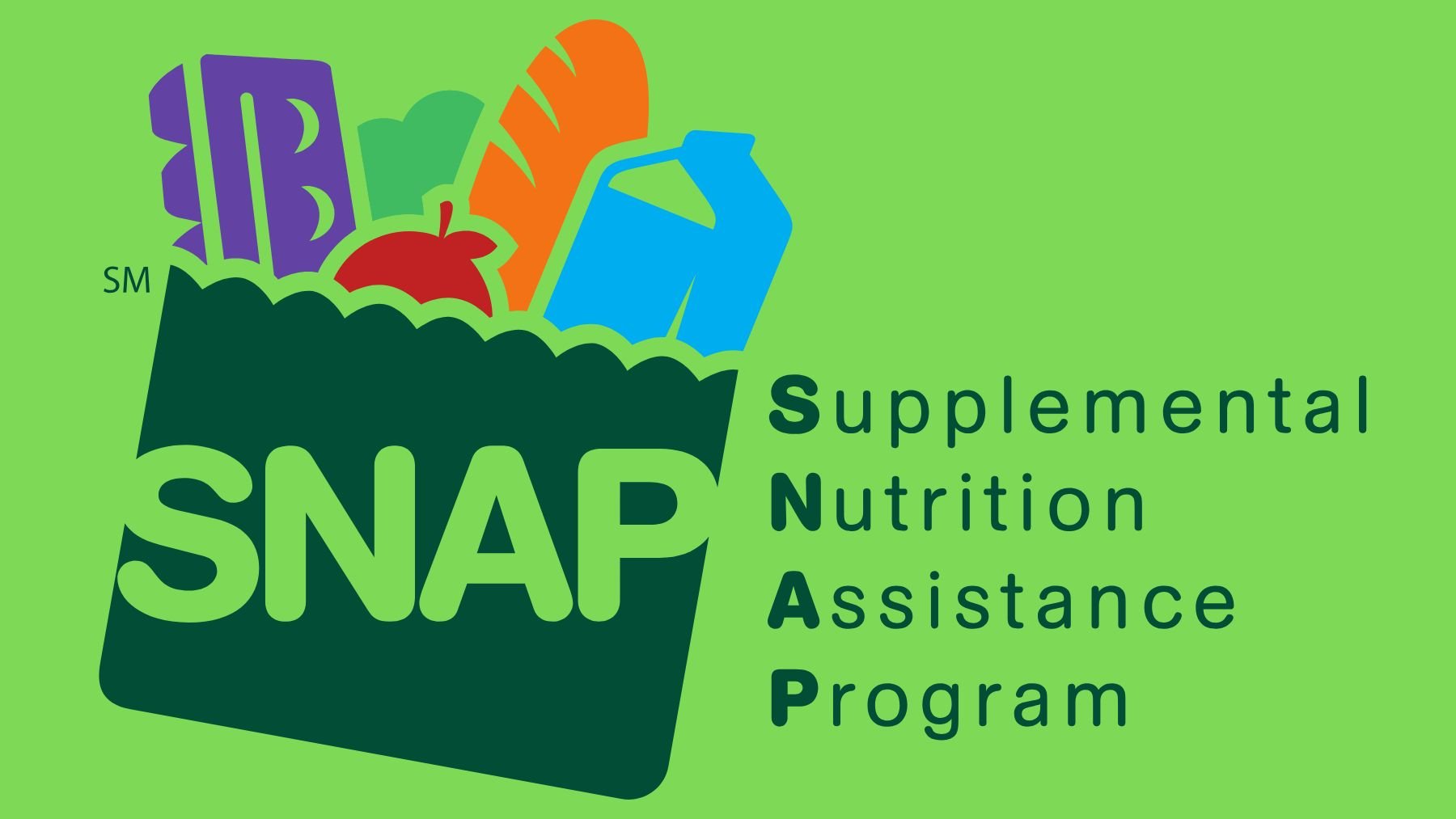The Supplemental Nutrition Assistance Program (SNAP) continues to provide vital support to millions of Americans facing food insecurity. For January 2025, the USDA has confirmed that many states are still processing payments, with some extending into February. This update is critical for eligible families relying on SNAP benefits to help cover grocery expenses.
Payments vary significantly based on household size, income, and available resources. For instance, a family of four could receive up to $975, while households of eight may qualify for as much as $1,756. Recipients need to stay informed about payment dates and amounts to budget effectively.
Upcoming SNAP payment dates by state
While 26 states have already completed January payments, many others are still disbursing benefits. For example, Florida and Texas will finalize payments by January 28. Some states, like Alaska and California, will begin February payments on the 1st and continue throughout the month.
Here is a breakdown of payment schedules:
- January 2025: States such as Alabama, Delaware, Indiana, Georgia, Louisiana, and Maryland have their final payment date on Jan. 23. Florida and Texas have the latest January deadlines, wrapping up on Jan. 28.
- February 2025: States including Alaska, California, Colorado, Idaho, Illinois, Iowa, Kansas, Nevada, Oklahoma, and South Carolina will issue benefits from Feb. 1-10. Montana and South Dakota have mid-month dates, with Montana starting Feb. 2 and South Dakota paying on Feb. 10.
Recipients in the District of Columbia, Puerto Rico, and the U.S. Virgin Islands should also expect payments early in February. The rest should have already been completed or will be done in the next few days. It’s crucial to check state-specific schedules to avoid missing these important dates.
Who qualifies for SNAP?
SNAP, formerly known as the Food Stamps program, helps low-income individuals and families access nutritious food. Eligibility depends on household income, size, and other financial factors. States administer SNAP payments but follow federal guidelines set by the USDA.
Applicants should submit their requests as soon as possible, as approval may take up to a month. Whether you’re unemployed, working part-time, or receiving other benefits, you might still qualify for SNAP if your income falls within the program’s limits. Additionally, certain assistance programs, such as Social Security, SSI, and housing subsidies, may affect your SNAP eligibility differently. For example:
- Unemployment Insurance and Social Security are often counted as income, but some states offer expanded eligibility.
- TANF recipients might qualify automatically in specific states, depending on local rules.
- Housing assistance like Section 8 vouchers generally doesn’t count as income but may impact your deductions.
It’s best to consult your state’s SNAP office to understand how your specific circumstances influence your benefits.
The USDA’s latest update highlights the importance of staying informed about SNAP payment schedules and eligibility requirements, whether you’re still waiting for your benefits in January or preparing for the ones in February. If you’re thinking about applying, now is the perfect time to secure the food assistance your household needs.
